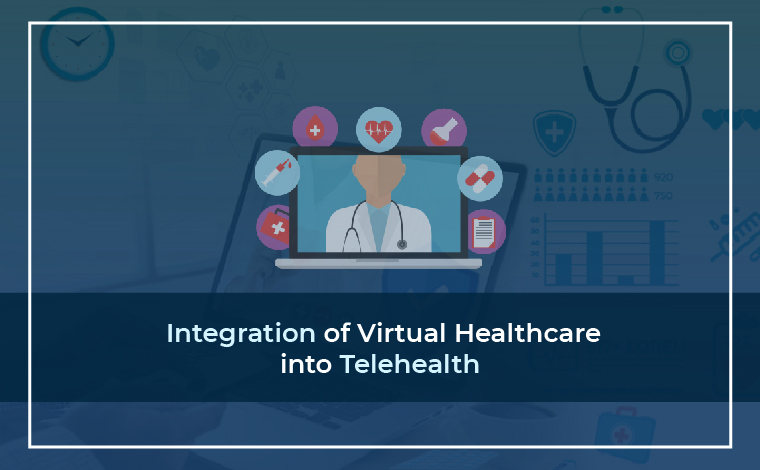
Undoubtedly, the Covid pandemic has surged the adoption of Virtual Healthcare worldwide. The dramatic increase has been driven particularly by the need for social distancing and made possible by the government’s wide range of flexible policy implementation.
However, such allowances are temporary. Policymakers are still deciding whether to continue the virtual care services within the hospital management system once the pandemic ebbs.
On the other hand, most households have become accustomed to remote care services online or by telephone. Patients are very much attracted to the concept of virtual healthcare services that come to them instead of the opposite. It is a means of availing consultations from doctors, receiving nurse’s assistance, or other virtual assistants from home.
Before the Covid pandemic, the adoption of Virtual Healthcare was gradual and represented a little over 1% of the healthcare volume. Mostly, virtual care existed non-equivalently to conventional healthcare systems and was out of place with in-person care.
Accelerated by the pandemic, an era has emerged wherein person and virtual care have been successfully integrated. Slowly a day may come when a mode of care delivery depends upon clinical appropriateness, along with factors such as cost and convenience.
But what exactly is this virtual healthcare, and how good is it to meet the growing need for elementary change in the traditional healthcare delivery model?
Virtual Healthcare – What is it?
The “virtual visits” that occur between patients and practitioners through communication networks and technology— the visual and audio connectivity that permits “virtual” meetings to conduct in real-time, from virtually any corner of the world — are better termed as “virtual healthcare.”
A videoconference between a doctor and a patient afar can be considered a virtual visit. It might imply that a patient can connect with an offshore health professional via a high-definition teleconference call at their local clinic rather than flying to another city. It may also make it easier for patients to find qualified second views online.
Virtual healthcare has thus far primarily been utilized for meetings and consultations, check-ins, providing online prescriptions, and status reporting instead of in-depth diagnosis or treatment.
Nonetheless, as technology advances, more serious disorders such as diabetes are becoming more accessible through virtual healthcare. Virtual healthcare also makes it easier for professionals to watch problems or operations from afar.
Patient surveillance at home has also been effective in treating patients with chronic illnesses such as diabetes and hypertension, where re-hospitalizations are all too common due to a lack of communication or transparency regarding the patient’s health.
Difference between Virtual Healthcare & Telehealth:
Like remote patient management, Virtual Medicare is commonly confused with telehealth or telemedicine, although they’re not the same. Telehealth is a larger word that encompasses any remote and technology-driven healthcare or particularly using artificial intelligence in healthcare. Whereas, Virtual healthcare is a subset of telehealth.
Telehealth is a broad category of solutions that provide care to patients at a distance – it could be doctor visits, chronic illness treatment, or monitoring a high-risk pregnancy, all of which can be done remotely.
Furthermore, telehealth technology can take the form of a phone, videoconferencing capability, or an interactive voice response system. It embraces all of the different types of technology, but it’s the notion that you’re using them to acquire and share information.
The fact that the concepts are frequently misunderstood demonstrates how important virtual healthcare is to telehealth delivery. In any case, there is increasing demand for a solution to minimize the cost, inconvenience, and time spent driving to and from clinics and doctor’s offices.
In remote communities trying to recruit doctors, eradicating the necessity of transportation isn’t just an issue of convenience; it’s also a matter of basic access — particularly for people who cannot drive.
Final Thoughts
Therefore, virtual care has proven to be potent in improving the quality of remote patient care. Simbo is the most progressive upgrade in Medicare owing to its human-like skills, catering to every need of the stakeholders in healthcare.
Simbo is unparalleled in assisting practitioners’ daily operations with its human-like intelligence. Besides, with a voice-based assistant, Simbo can create electronic medical records in less than 30 seconds, besides helping in documentation and screening.
With SimboAI, the future of virtual healthcare is near, promising to build a sustainable healthcare system, enriching lives together!
